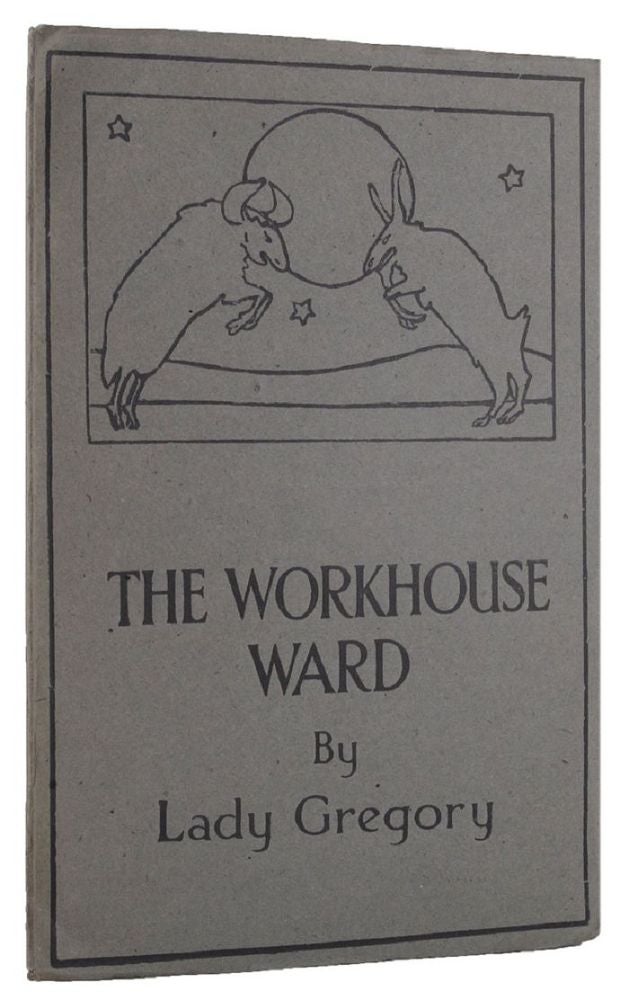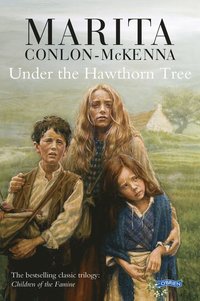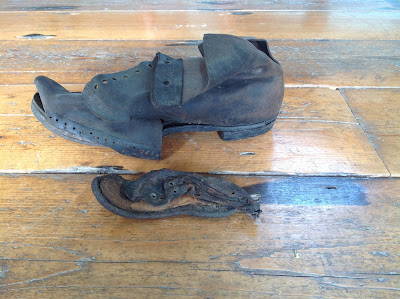The Workhouse in Fiction
 |
| Image from the 1968 movie Oliver! |
‘Please sir, can I have some more?’
Most of us know this iconic line from the 1968 film version of Oliver! The quote has embedded itself in pop culture, cropping up in memes, advertisements, comedy sketches and cartoons. However, how many of us know that the line is a criticism of the meagre food quantities supplied to workhouse children? In fact, Charles Dickens wrote Oliver Twist as a rallying cry against child poverty and the failure of the workhouse system. He based this view on his first hand observations as a newspaper reporter. What he saw went into his books and shocked his audiences. He was accused of gross exaggeration and even outright fabrication. His rebuttal was the tell people to go see for themselves, which they did. What they witnessed was all the proof he needed.
Before we leave Dickens, it is interesting to note a slight connection with Irish workhouses. Oliver Twist was first published as a serial 1837–39. This period also covers the fateful year of 1838, the year of the Irish Poor Law Act. This Act of parliament is what brought the workhouse system to Ireland. In the wake of potato famine of the 1840s-1850s, the government sanctioned cruelty of the workhouse seems to pale in comparison. Perhaps that is why workhouses have not featured as heavily in fiction? However, here are a selection of works where the workhouse looms large.
 |
| Antique copy of The Workhouse Ward, courtesy of Kay Craddock, Antiquarian Bookseller |
1908-The Workhouse Ward
The Workhouse Ward is a comedic play by Lady Gregory. The story centres around two male paupers named Mike and Michael. Before their life in the workhouse, they were neighbouring farmers and fierce enemies. Now they are confined to adjacent beds in a hospital ward and their emnity has not waned. They happily bicker side by side. However, when Mike's sister arrives to take him home to work on her farm, he doesn't want to leave Micheal. He says because they never synchronise their frequent bouts of illness, his sister needs both of them to make up one able man. She refuses and Mike
insists on staying with his ‘companion’. As soon as her back is turned to go
out the door, they begin their bitter arguments once again. This play was later adapted into a film and can be viewed
here: https://www.britishpathe.tv/video/the-workhouse-ward/
A staple of Irish childhood, this book follows the exploits of three parentless children during The Famine. Their main aim is to avoid the workhouse and get to a relative’s house. They seem to be stalked by the spectre of these grim institutions as much as they are by death. We don’t have descriptions from inside the workhouse, but their willingness to endure all sorts of hardship rather than enter, tells us all we need to know.
2004-Victorian Workhouse (My Story) by Pamela Oldfield
This is part of a series aimed at bringing history to life for young adults. Victorian Workhouse is a fictionalised diary by 16 year old Edith Lorrimar, set in an English workhouse, 1871. Edith is the sheltered daughter of a wealthy widow who is on the Board of Guardians. She is shocked by the conditions of everyday life in the workhouse but strikes up an unlikely friendship with an orphan girl. This is an accessible read for those who want to know about what paupers did inside workhouse walls. Even though the account is fictionalised, it gives a realistic view of pauper life based on historical facts.
This is part of a series aimed at bringing history to life for young adults. Victorian Workhouse is a fictionalised diary by 16 year old Edith Lorrimar, set in an English workhouse, 1871. Edith is the sheltered daughter of a wealthy widow who is on the Board of Guardians. She is shocked by the conditions of everyday life in the workhouse but strikes up an unlikely friendship with an orphan girl. This is an accessible read for those who want to know about what paupers did inside workhouse walls. Even though the account is fictionalised, it gives a realistic view of pauper life based on historical facts.
2019- Gaelic
Screams (A novel by Micheal Noctor)
This is an exciting new addition which describes life in an Irish workhouse. It has a vivid,
fast paced narrative with adult themes which really brings the oppression of the workhouse system to life.
As a last note, if this blog has wetted your appetite
for Irish historical fiction that deals with a similar topic, there is a comprehensive article in The Irish Times
looking at ‘The Famine in Fiction’:



Comments
Post a Comment